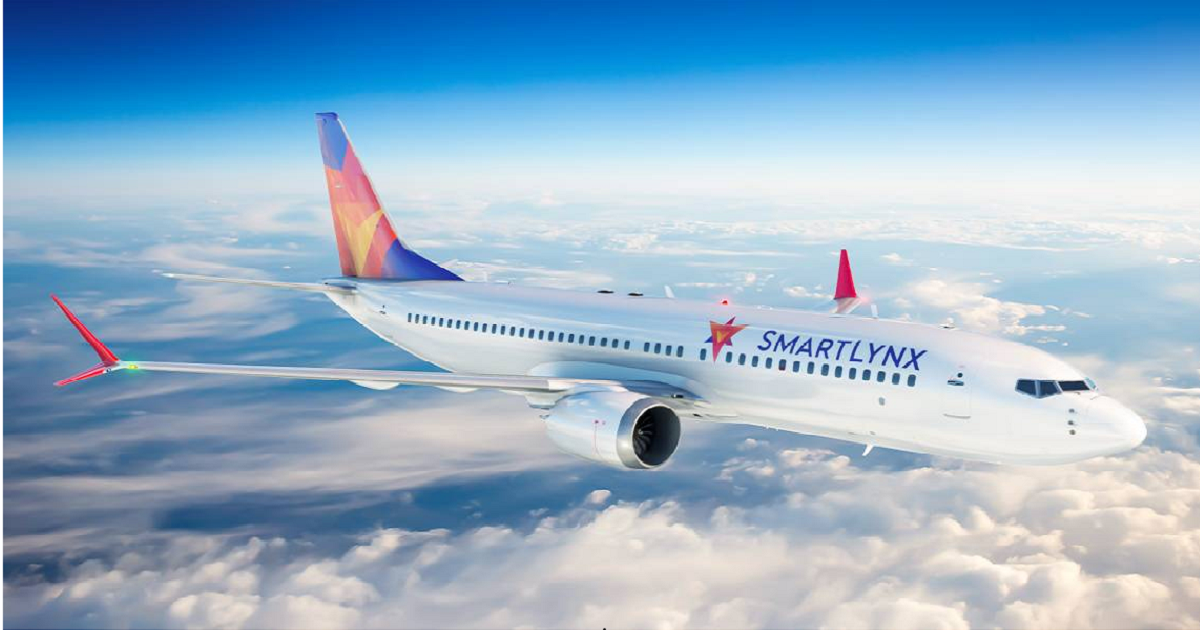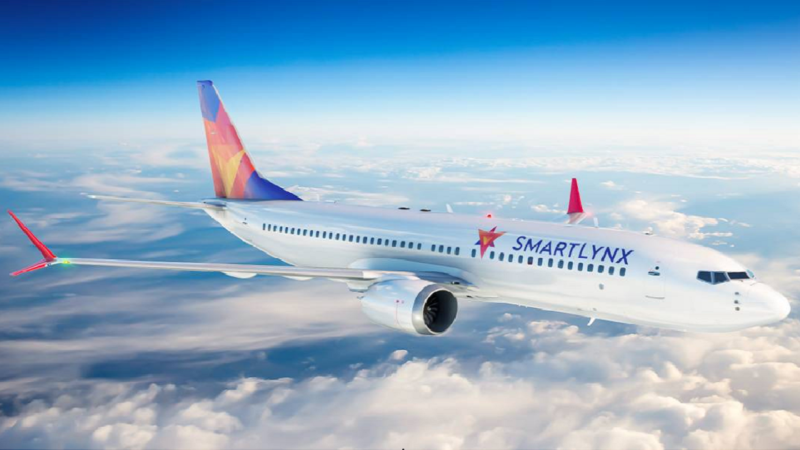New Boeing 737-800 lift reshapes domestic Nigerian capacity after SmartLynx exit

Air Peace’s decision to bring in a fresh wave of capacity through a newly activated ACMI arrangement with Slovakia’s AirExplore reflects a decisive response to recent operational turbulence in Nigeria’s busiest aviation market. The agreement became particularly urgent after the abrupt withdrawal of wet-leased A320 equipment linked to the collapse of SmartLynx Airlines, a development that left significant short-term gaps across several high‑demand routes. According to ch-aviation data, the first replacement aircraft, a B737‑800 registered OM‑IEX, arrived in Lagos on November 13 after a ferry flight from Bratislava and immediately joined domestic rotations serving Abuja, Asaba, Kano, and Owerri.
The aircraft’s background underscores the adaptable nature of the ACMI market. At just over 21 years old, OM‑IEX began its operational life with Sun Country Airlines before later moving through the fleets of Transavia Airlines and PrivatAir Germany. Today it flies in a single‑class 189‑seat configuration, offering Air Peace an efficient stopgap option until its own long‑term fleet plans gather renewed momentum. Although the carrier already deploys various Boeing models across Nigeria and the region, it does not currently operate the B737‑800 variant in its in‑house fleet, making this lease a timely bridge rather than a structural fleet shift.
Reports from regional aviation outlet Newsaero suggest that a second aircraft of the same type is scheduled to join the first in the coming weeks. AirExplore operates a fleet of nine B737‑800s, giving it the flexibility to extend additional capacity to partners needing rapid reinforcement. For Air Peace, this arrangement expands the options available as Nigeria moves toward the busy year‑end and early‑year travel patterns, traditionally marked by heightened domestic mobility, heavy diasporic traffic, and fluctuating load factors across secondary airports.
To industry professionals across sub‑Saharan Africa, the development highlights a familiar theme: the growing strategic importance of ACMI partnerships as airlines navigate irregular supply lines, maintenance delays, rising passenger numbers, and the evolving availability of mid‑life narrowbodies. As the region’s aviation ecosystem grows more complex, carriers increasingly rely on such arrangements to maintain schedule integrity during fleet transitions, aircraft groundings, and unexpected operational disruptions. For West Africa’s largest airline by network breadth, the SmartLynx fallout provided an immediate test of resilience—and signaled the value of maintaining strong relationships with global lessors capable of rapid response.
In Nigeria, disruptions of this nature often ripple throughout the entire domestic system. Routes such as Abuja, Kano, and Asaba are notoriously sensitive to schedule stability, with a wide mix of business, governmental, VFR, and regional connecting traffic. Maintaining robust operations on these links is essential for broader market confidence. Deploying the AirExplore aircraft ensures capacity remains consistent during a period when the industry is already grappling with high fuel costs, infrastructure bottlenecks, and intense competition among airlines seeking to consolidate position in key hubs.
For African aviation stakeholders observing the situation from a regional perspective, several emerging insights stand out. First, the reliance on European ACMI providers continues to tighten as carriers seek flexible fleet access while avoiding the long lead times and capital burdens associated with outright purchases or long‑term dry leases. Many of these European firms, including AirExplore, have strengthened their presence across Africa, building deeper familiarity with local regulatory environments and operational rhythms. This positions them as dependable partners when unexpected capacity gaps threaten commercial stability.
Second, the speed at which Air Peace activated the ACMI remedy reflects a broader trend among African carriers toward more sophisticated fleet‑risk management. Years ago, unanticipated wet‑lease withdrawals or technical failures could cripple domestic networks for weeks. Today, carriers with strong operational oversight are increasingly capable of deploying replacement lift with minimal route disruption. The rapid arrival of OM‑IEX, followed by plans for an additional unit, demonstrates a more agile approach that other airlines in East, Central, and Southern Africa may increasingly emulate.
Third, the addition of 189‑seat narrowbodies into the Nigerian domestic environment brings more than just stopgap seating capacity. Larger single‑class units like this can directly influence yield management, airport slot usage, ground‑handling demand, and even fuel procurement patterns. For instance, high‑density configurations often push airlines to reevaluate turnaround strategies at airports where apron congestion remains an ongoing challenge. Such operational adjustments reverberate through the entire supply chain, prompting handling companies, fuel providers, and airport authorities to align processes with the new realities of multi‑carrier traffic.
Looking ahead, the ACMI partnership may also have implications for Air Peace’s wider ambitions. The airline continues to pursue long‑haul expansion and a more pronounced international footprint, including competitive services beyond West Africa. Stable domestic performance is critical for supporting these larger aspirations, particularly in markets that require consistent feeder traffic. Ensuring reliability at home strengthens its position when negotiating future bilateral access, codeshare agreements, or strategic alliances that could shape West Africa’s presence in intercontinental aviation over the next decade.
For travel businesses across sub‑Saharan Africa, the ongoing evolution of the Nigerian domestic market provides meaningful insight into how regional aviation is modernising in practice rather than theory. Fleet diversification strategies, rapid deployment of supplemental lift, and the adoption of flexible aircraft‑sourcing models underscore an industry increasingly defined by agility. As new-generation aircraft remain scarce and global demand continues to outpace supply, ACMI solutions will play a larger role across the continent, especially during peak travel windows or unexpected operational shifts.
The arrival of OM‑IEX may seem like a small operational update, but it sits at the heart of a powerful regional narrative: African carriers are becoming more adaptive, more interconnected with global leasing ecosystems, and more determined to secure operational resilience in an unpredictable aviation climate. For the many companies building their strategies around passengers moving between Lagos, Abuja, and other fast‑growing hubs, these developments offer both reassurance and a signal of the sophistication that the region’s aviation landscape is steadily acquiring.
Originally Published at travelnews.africa






